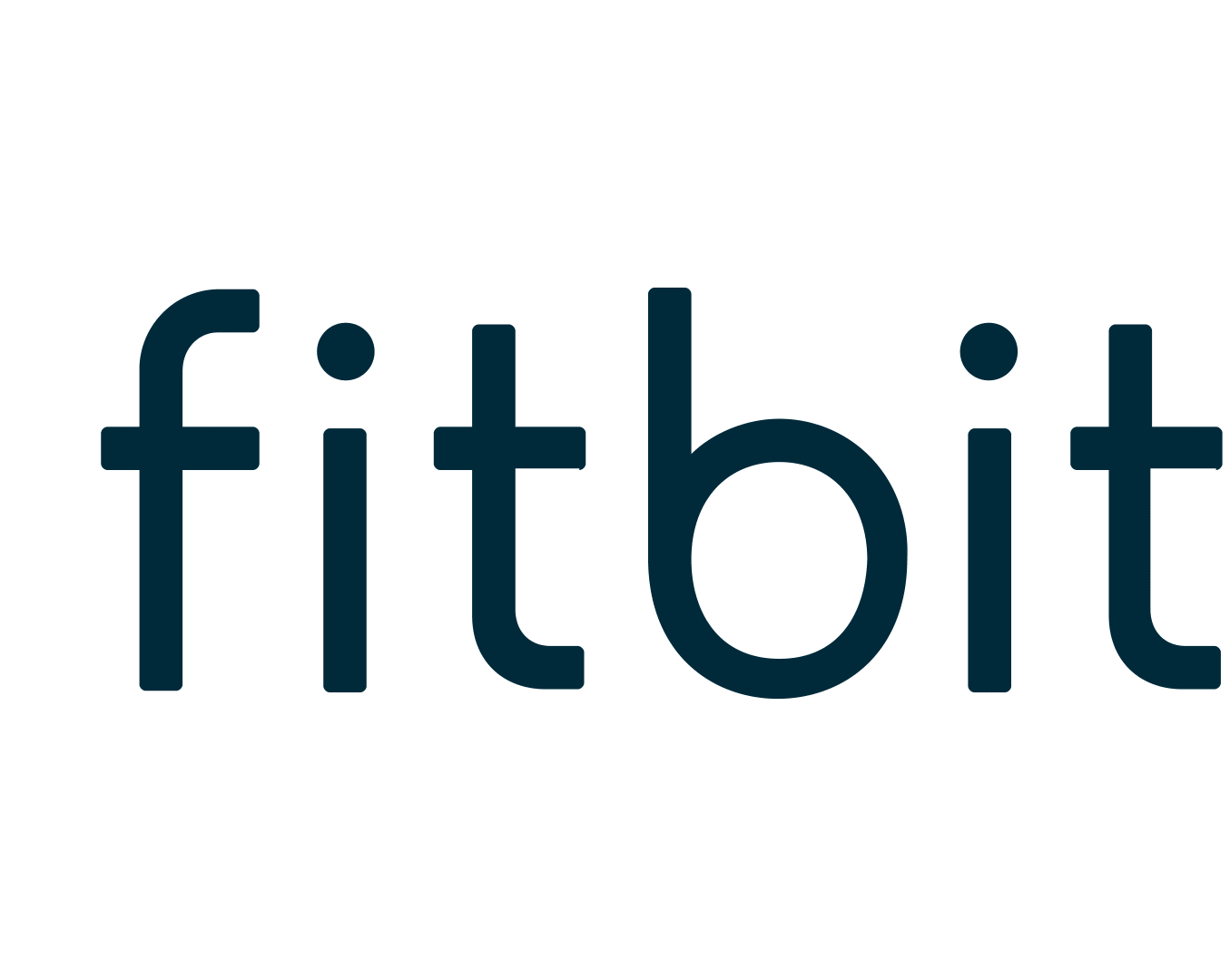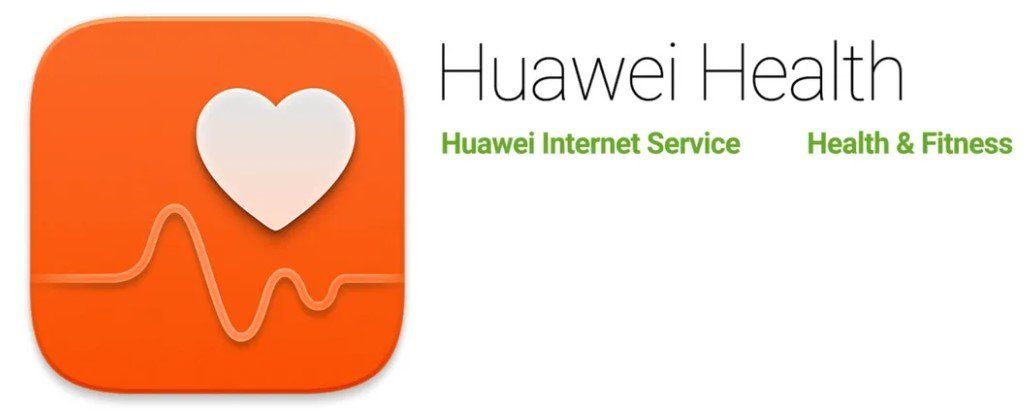Let's make your data work for you
Datascience will change the future of Healthcare
Services
We offer medical consultancy and a wide range of datascience related services
Fitnesstracker data storage
Storage of fitness tracker data in our own time series database
ZomMW opschalings coaching
Annovating is an Approved ZonMW consultant for the Opschalings coaching programme.
Software development
Developing machine learning software tools to analyse time series data.
Procurement services
Procurement of project related hardware
What we do?
We store and analyse fitnesstracker data and apply machine learning (ML) in quest of diseases and in support of health applications.
We produce sophistigated Python ML software.
Contact Us
Submit your cv for challaging jobs with Annovating B.V
We are hiring
We are hiring datascientists with 5+ years experience in Python. Background in Healthcare or Bio-Sciences is preferred.
Rent our dataplatform for your research
Start immediately retrieving fitness tracker data from your clients . We support devices of several brands like Fitbit, Gamin, Polar and Withings
Setting up a fitness tracker dataplatform with a Content Management System (CMS) to manage a cohort of 50 or 200 datasubjects is very time consuming. Both because of selecting the right microservices requires substantial analysis of a wide veriety of options. And because all the mandatory patches and safety updates to maintain a flawless and GDPR proof operation is not contributing to your research but consumes your time and positive attitude.
We offer the following:
- Dataplatform as a service. With your logo and we service it
- A three year term contract. Per year more profitable
- Perpetual licence. A serviced contract lasting for 5 years
If our platform fails we patch it over night to ensure an uninterupted research on your side.
Satisfied customers

“'Collecting and analysing my fitnesstracker data is in my personal interest and it will give me valuable insights in my personal wellbeing”
Lenneke Kriek, Rijswijk

“I've been uploading my fitness tracker data for over two years now and strongly believe that mining these data will bring value to lifestyle, fitness and healthcare”
Roos Meerman, Den Haag

“I like to contribute with my data to this important medical research project”
Willem de Wit, Bonn












